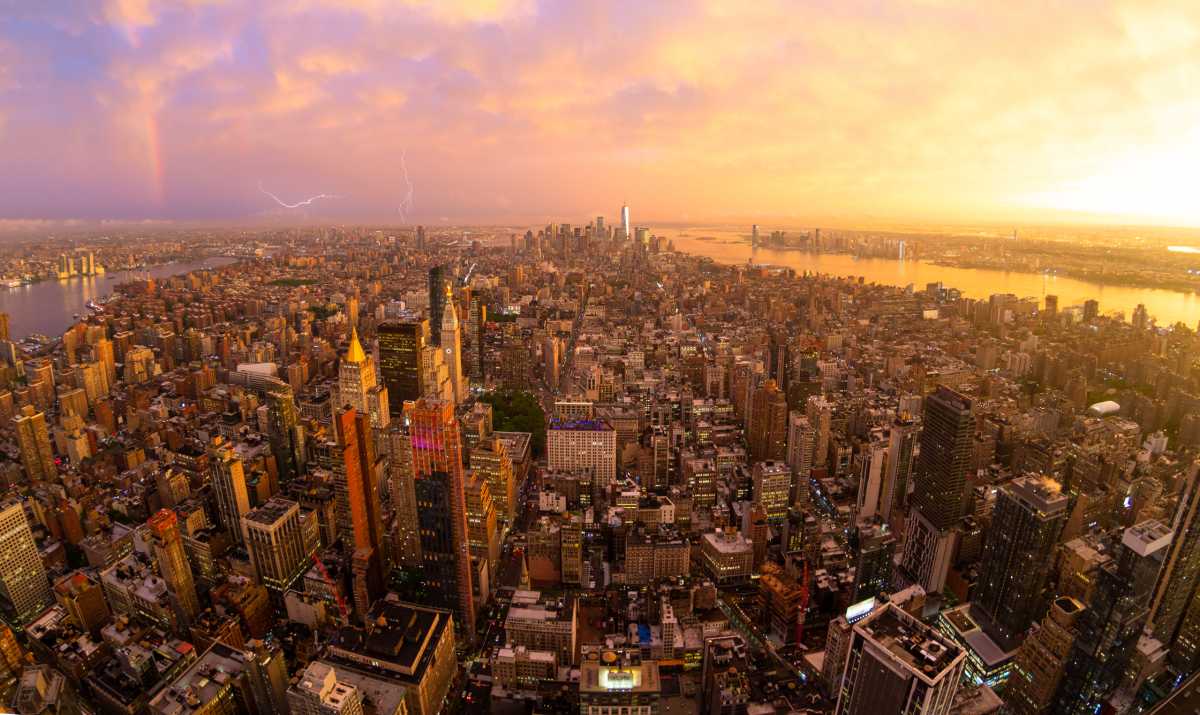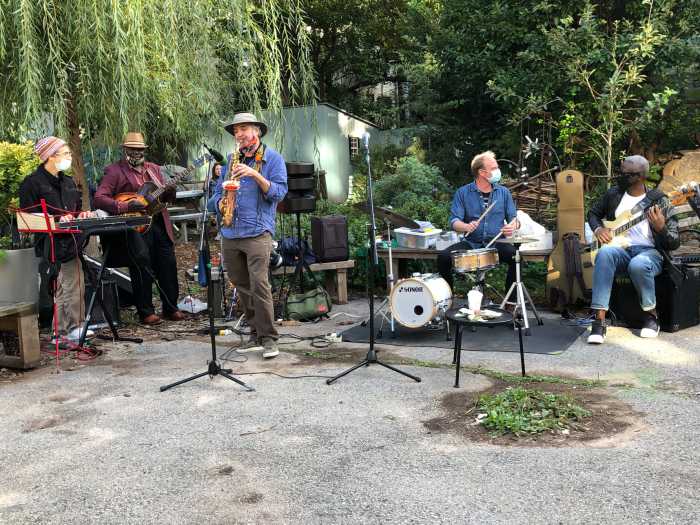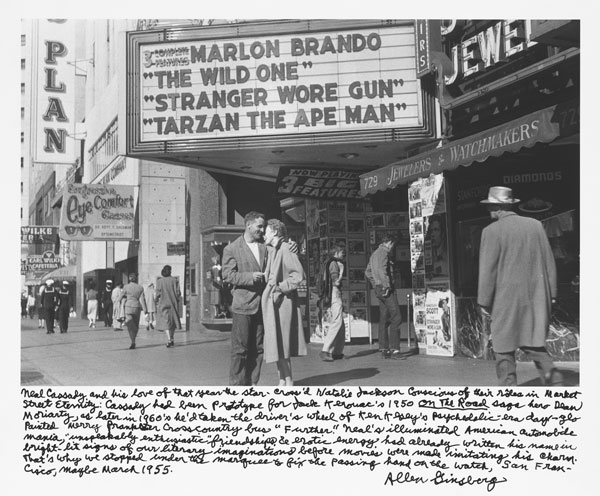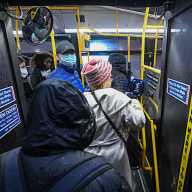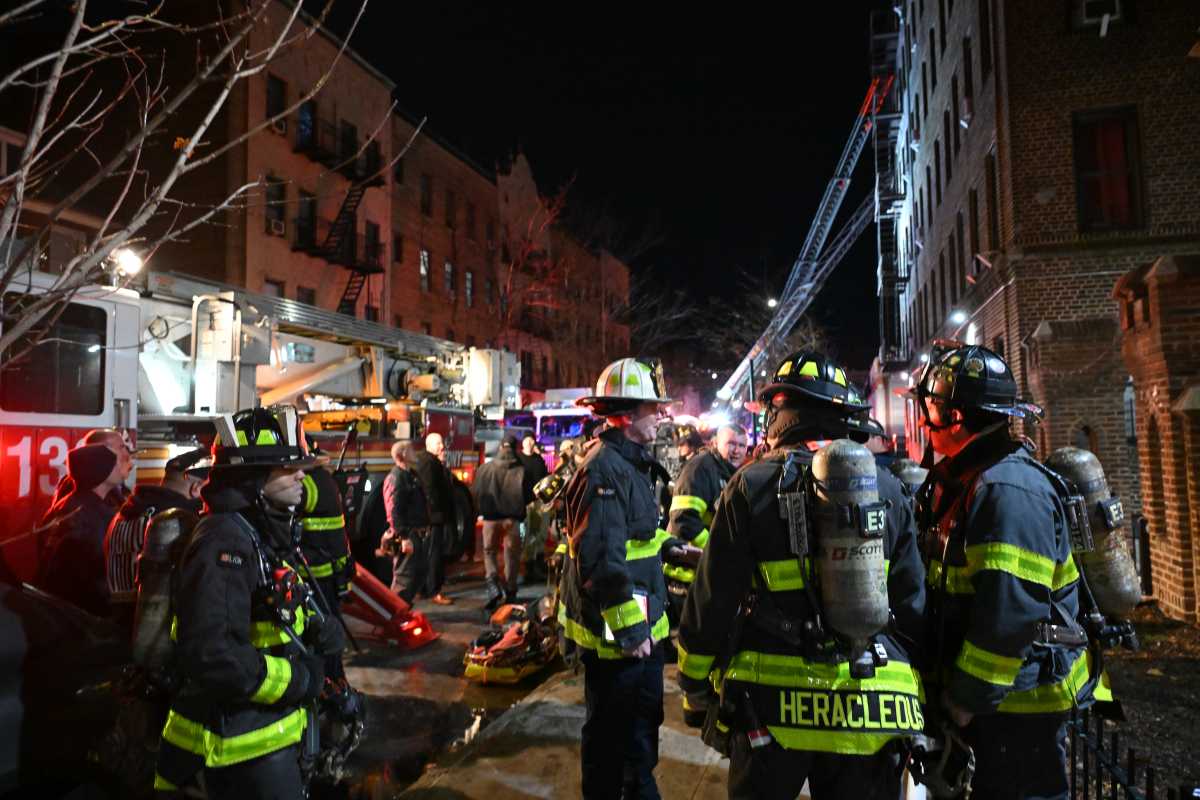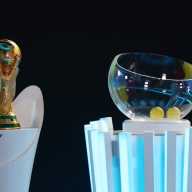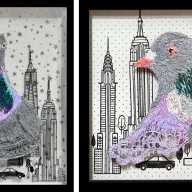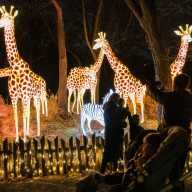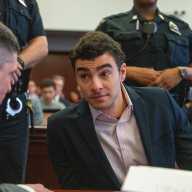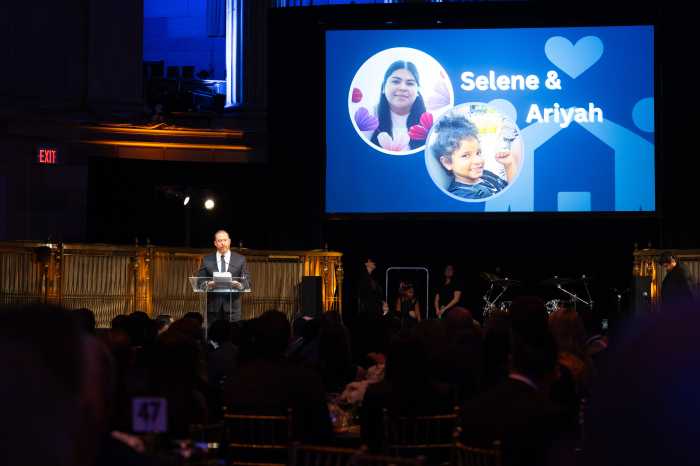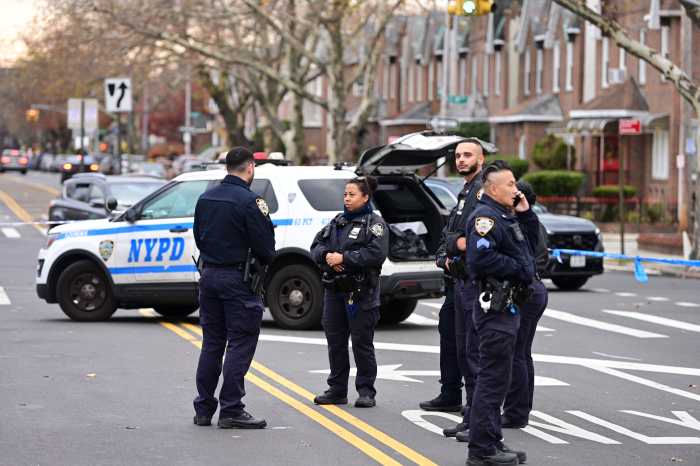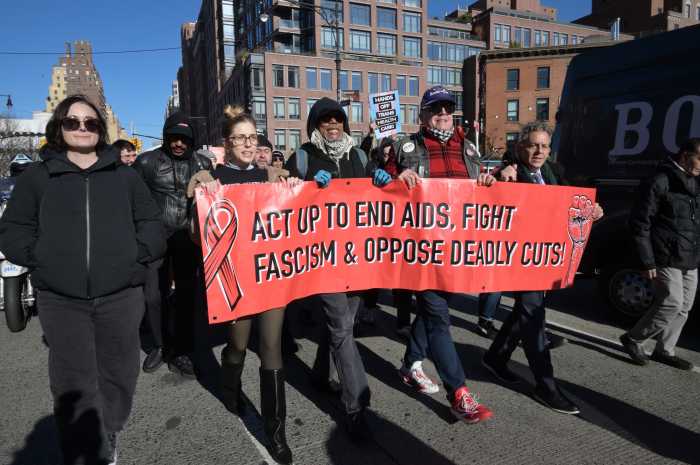Imagine if New Yorkers embraced science with the same energy, import, and cultural inclusion as they do with the city’s vibrant arts and cultural scene.
Before the pandemic, more artists lived in the NYC metropolitan region than any other city in America. Artists flock here because it has approximately nearly 300 museums and galleries as well as the highest amount of patronage, despite its high costs. By the same token, the greater New York metropolitan area has the most scientists and biomedical engineers per capita in the country. And, with nearly 150 schools for math and science, NYC has the top concentration of prominent medical institutions in the world. But still, we don’t embrace science with the same zest as we do the arts.
By fostering a mecca for science as well as art — where science buildings and scientific programs engage and energize New Yorkers — the city could usher in a new wave of business and talent. It could be an economic driver that generates jobs in the research and tech industries, attract New Yorkers from underrepresented communities, and support the city’s workforce development goals by drawing in students of every age.
Contrary to popular belief, science is not just a series of experiments that happens in a lab. Science adds to the cultural pulse of cities by fostering community engagement. It rebuilds neighborhoods, creates a citizenry that is educated about the world, protects public health, and leads the fight against climate change. Just as importantly, it gives us the inspiration to dream about how the world can—and should—be different.
We can start by remaking New York into a place where, in addition to arts districts, there are science communities; alongside art galleries and exhibits are science galleries and activated science buildings that invite the community inside.
Not forgetting the appeal of having a museum nearby, imagine a beautiful science building in the neighborhood that inspires a better world through community participation. Creating open, inviting public spaces with a bustling atmosphere can bring a new energy to the traditionally siloed buildings. For instance, let’s bring art studios into research buildings demonstrating ongoing innovations in real time, encouraging interactive experiences for children that stimulate curiosity and provide information about careers in science.
The convergence of arts and sciences is already gaining momentum by talented artists. A recent MoMA exhibit called Bio Design explored the intersection of biology and technology, and MoMA’s PS1 displayed a brick structure of biodegradable units made from farm waste and fungus. Brooklyn’s BIOBAT Art Space forges relationships between local artists, scientists, and innovators. The Fashion Institute of Technology built labs to create new fabrics.
This is only the beginning. We can do even more by leveraging the city’s most influential foundations and patrons, scientific institutes, and public agencies to give science even greater exposure. With public and private interest and investment, we could create programs that encourage its engagement with New Yorkers on a Sunday around the city.
Like art, science relies on a level of abstraction to invent the world in new ways. For this reason, art and science have been intertwined since the beginning of human history. They make invincible allies. It’s the combination of their qualitative and quantitative aspects that produces great urban cultures such as New York.
While many cities can boast a concentration of sciences or the arts, New York City is the ultimate alchemist.
By tapping into the current ethos, we can transform New York into a 21st-century Renaissance city that leads the country and the world in artistic creation and scientific innovation. It is time to celebrate the architecture of science with the same artful innovation we expect and enjoy in our cultural buildings.
Peter Schubert is a partner at Ennead, an international architecture firm, and designer of life sciences and medical facilities for world-renowned institutions.
Nancy J. Kelley is President and CEO of Nancy J Kelley + Associates, a firm that “builds things that matter for science and medicine” including facilities and institutions. She is also a Founding Member of NYC Builds BIO+, a nonprofit organization dedicated to advancing life sciences in New York City.



